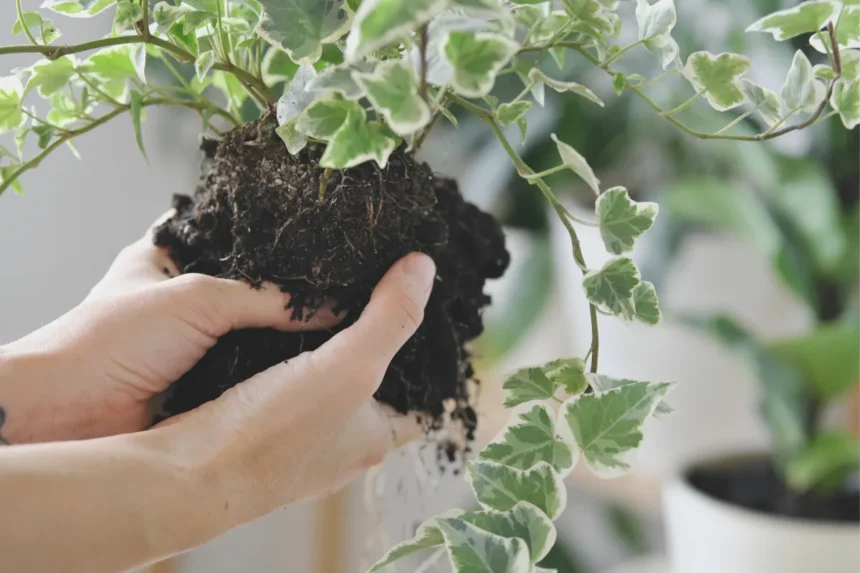Creating an indoor vertical garden is like crafting your own green oasis right in the heart of your home.
It’s a fantastic way to bring nature indoors, add a touch of freshness to your living space, and even improve indoor air quality.
Whether you’re a seasoned gardener or a novice, designing an indoor vertical garden can be a rewarding and enjoyable experience.
In this guide, we’ll walk through the steps to design your very own indoor vertical garden, from planning and choosing the right plants to maintenance tips and creative ideas.
Planning Your Indoor Vertical Garden
Before diving into the world of indoor vertical gardening, take some time to plan and envision your ideal green space.
Consider factors such as available space, lighting conditions, and your personal style preferences.
Think about whether you want a wall-mounted system, freestanding structure, or hanging planters.
Choosing the Right Plants
Selecting the right plants is crucial for the success of your indoor vertical garden.
Opt for plants that thrive in indoor environments and are suitable for vertical growth.
Some excellent choices include ferns, pothos, spider plants, and succulents.
Consider factors like light requirements, humidity levels, and maintenance needs when choosing your plants.
Selecting the Right Structure
There are various options for the structure of your indoor vertical garden, ranging from DIY solutions to ready-made systems.
Choose a structure that fits your space and complements your design aesthetic.
Wall-mounted planters, vertical trellises, and modular systems are popular choices.
Ensure that the structure is sturdy enough to support the weight of the plants and provides adequate drainage.
Creating a Functional Layout
When designing your indoor vertical garden, think about the layout and arrangement of the plants.
Arrange them based on their size, growth habits, and light requirements.
Consider creating visual interest by mixing different textures, colors, and foliage shapes.
Experiment with various arrangements before finalizing your layout.
Providing Adequate Lighting
Lighting is essential for the health and growth of your indoor plants.
Assess the natural light conditions in your space and supplement with artificial lighting if necessary.
LED grow lights are an excellent option for providing the right spectrum of light for indoor plants.
Position the lights strategically to ensure even coverage for all plants in your vertical garden.
Implementing a Watering System
Maintaining proper watering is crucial for the health of your indoor vertical garden.
Depending on the structure and size of your garden, you can choose from various watering methods such as hand-watering, drip irrigation, or self-watering systems.
Monitor the moisture levels regularly and adjust your watering schedule accordingly.
Adding Creative Touches
Get creative with your indoor vertical garden by adding personal touches and decorative elements. Incorporate unique planters, trellises, and hanging baskets to enhance visual appeal.
Consider adding decorative elements like fairy lights, decorative stones, or wall art to add charm and personality to your green space.
Maintenance Tips
Regular maintenance is essential to keep your indoor vertical garden thriving.
Schedule regular pruning to control growth and remove dead or yellowing leaves.
Check for pests and diseases regularly and take appropriate measures to prevent and treat them.
Keep an eye on soil moisture levels and fertilize your plants as needed to ensure healthy growth.
Conclusion
Designing an indoor vertical garden is a delightful and fulfilling project that allows you to bring the beauty of nature into your home.
By following these steps and tips, you can create a stunning and thriving green space that adds freshness and vitality to your indoor environment.
FAQs
1. Can I grow vegetables in an indoor vertical garden?
Yes, you can grow a variety of vegetables in an indoor vertical garden, including leafy greens, herbs, tomatoes, and peppers.
Just ensure they receive adequate light and proper care.
2. How much space do I need for an indoor vertical garden?
The space required for an indoor vertical garden depends on the size and number of plants you wish to grow.
You can create a small vertical garden in a compact space or opt for a larger setup if you have more room available.
3. Do indoor vertical gardens require a lot of maintenance?
While indoor vertical gardens do require some maintenance, the level of care needed depends on factors such as plant selection, watering system, and lighting conditions.
With proper planning and regular upkeep, maintenance can be kept to a minimum.
4. Can I use a hydroponic system for my indoor vertical garden?
Yes, hydroponic systems can be used for indoor vertical gardens, providing a soil-less growing environment that can be space-efficient and offer precise control over plant nutrients.
5. Can I incorporate a vertical garden into my existing home decor?
Absolutely! Indoor vertical gardens can be integrated into a wide range of interior design styles, from modern and minimalist to rustic and eclectic.
Get creative with planters, arrangements, and decorative elements to complement your existing decor.
Creating an indoor vertical garden is an exciting journey that allows you to express your creativity and connect with nature in a unique way.
With proper planning, care, and creativity, you can design a beautiful and thriving green space that transforms your indoor environment into a lush oasis of tranquility and beauty.



